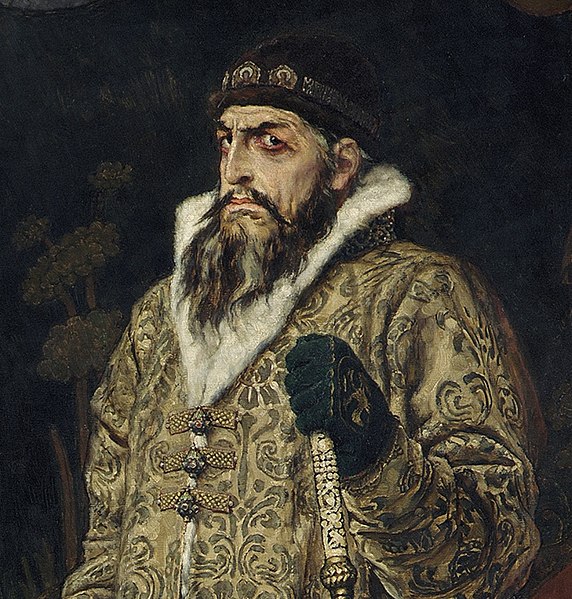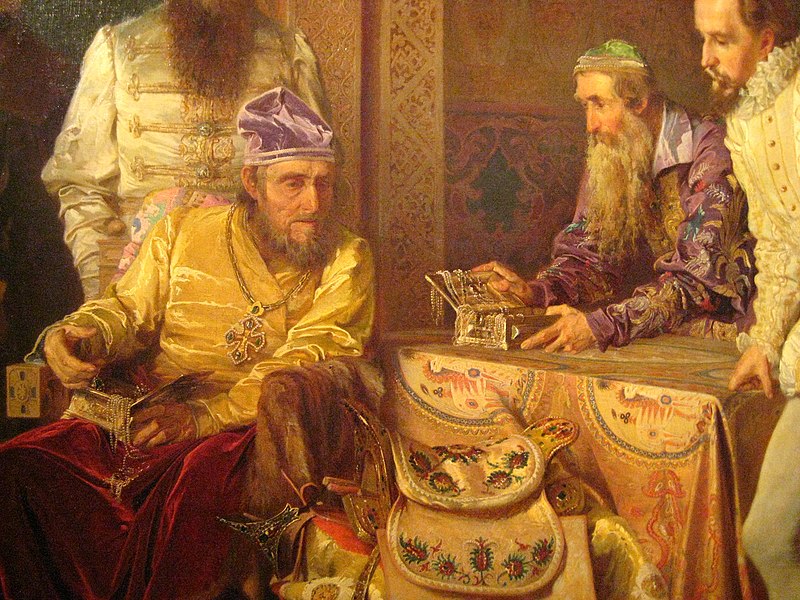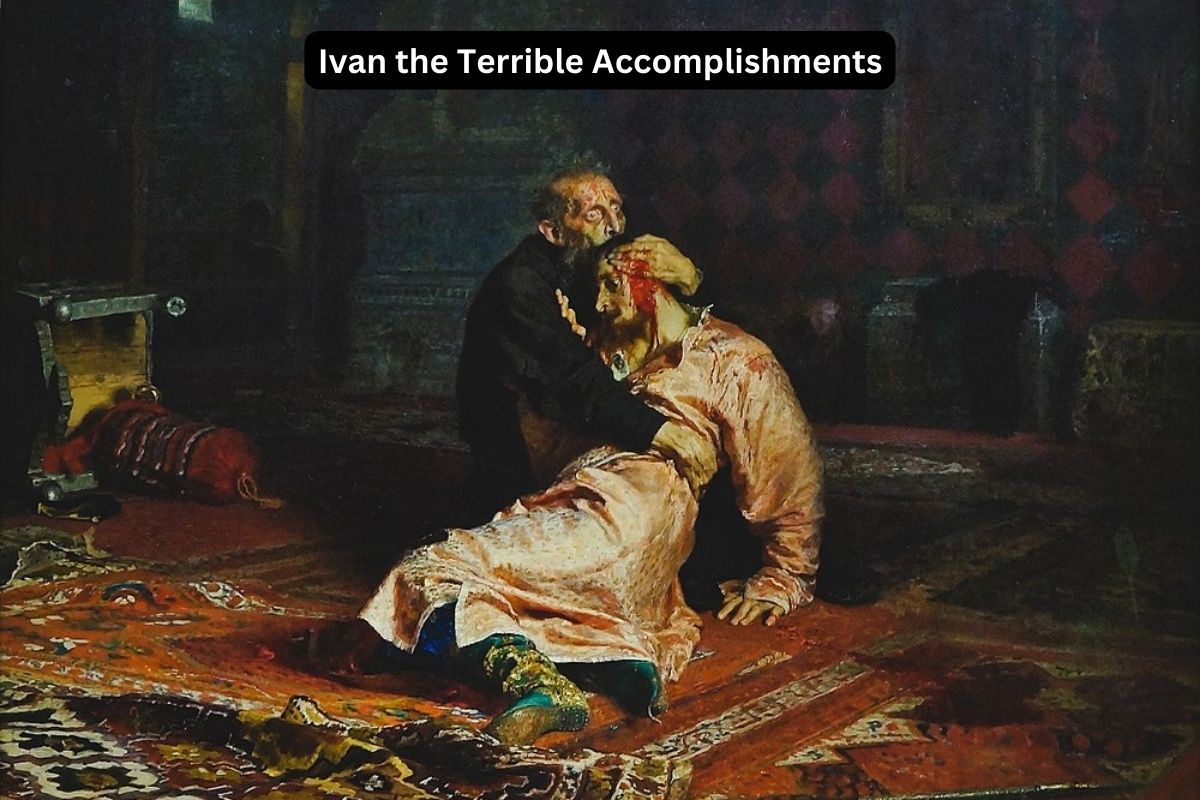In the annals of Russian history, few figures elicit as much fascination and debate as Ivan the Terrible. Reigning as the first Tsar of Russia from 1547 to 1584, Ivan IV left a complex legacy characterized by both remarkable accomplishments and brutal repression.
Despite his infamous epithet, Ivan’s reign witnessed significant achievements that reshaped the landscape of Russia, from military conquests to legal reforms.
This article explores Ivan’s enduring legacy, highlighting his accomplishments amidst the controversies that continue to surround his name.
Accomplishments of Ivan the Terrible
1. Centralization of Power
Ivan the Terrible centralized power in Russia by strengthening the authority of the Tsar over the nobility and regional rulers.
Also Read: Ivan the Terrible Timeline
He abolished the autonomous princedoms that had previously existed, bringing all territories directly under his control. This centralization helped to stabilize the state and establish a more unified governance structure.

2. Conquest of Kazan and Astrakhan
Ivan led successful military campaigns to conquer the Khanates of Kazan and Astrakhan, which were powerful Muslim states located along the Volga River.
These conquests expanded the territory of Russia southward and secured control over key trade routes. They also brought large Muslim populations under Russian rule, contributing to the diversity of the empire.
3. Reformation of the Legal System
Ivan implemented significant reforms in the legal system to create a more coherent and standardized framework for governance.
The most notable of these reforms was the establishment of the Sudebnik, a legal code that codified laws and regulations throughout the realm. This helped to ensure greater consistency and fairness in the administration of justice across different regions of Russia.
4. Expansion of Trade and Diplomacy
van the Terrible actively pursued diplomatic relations and trade agreements with Western European powers, particularly England and the Hanseatic League.
Also Read: Peter the Great Facts
These efforts helped to modernize Russia’s economy by facilitating the exchange of goods, technology, and ideas with more advanced European societies. Increased trade also brought wealth and prosperity to Russia, enhancing its standing on the international stage.

5. Cultural Patronage
Despite his reputation for cruelty, Ivan was a notable patron of the arts and culture. He commissioned the construction of architectural marvels such as St. Basil’s Cathedral in Moscow, with its iconic colorful domes and intricate design.
Ivan also supported the development of literature, music, and religious art, fostering a rich cultural heritage that continues to influence Russian identity to this day.
6. Creation of the Streltsy
Ivan established the Streltsy, a professional military corps composed of musketeers, to maintain internal security and defend the realm against external threats. The Streltsy played a crucial role in safeguarding the Tsar’s authority and enforcing his policies.
They were renowned for their discipline and loyalty, serving as a formidable military force during Ivan’s reign and beyond. However, their power also posed a potential threat to the Tsar’s authority, leading to periodic purges and reorganizations to ensure their loyalty.
7. Expansion of the Oprichnina
Ivan the Terrible established the oprichnina, a system of state control that allowed him to govern certain territories directly, separate from the regular administrative apparatus.
This system was characterized by brutal repression, with Ivan employing secret police to root out perceived enemies and maintain control.
While controversial and marked by widespread terror, the oprichnina facilitated the centralization of power and the suppression of potential rebellions, further consolidating Ivan’s authority.

8. Legal Reforms (Establishment of Zemsky Sobor)
Ivan initiated legal reforms aimed at creating a more inclusive governance structure. One of the key reforms was the establishment of the Zemsky Sobor, or Assembly of the Land, which brought together representatives from various social classes to advise the Tsar on matters of state.
While the Zemsky Sobor had limited powers, it marked an early attempt at incorporating broader participation in governance and providing a forum for the expression of public opinion.
9. Military Reforms
Ivan implemented significant military reforms to modernize the Russian army and navy. He introduced new military tactics and technologies, such as the incorporation of firearms and artillery, to strengthen Russia’s military capabilities.
These reforms enabled Russia to defend its borders effectively, resist foreign invasions, and expand its territory through conquest.
10. Legacy of Autocracy
Ivan the Terrible’s reign left a lasting legacy of autocracy in Russia. His centralization of power, suppression of dissent, and brutal methods of governance set a precedent for future Tsars and rulers.
Ivan’s reign marked a pivotal moment in Russian history, shaping the development of the autocratic system of government that characterized much of Russia’s history.
Despite his controversial methods, Ivan’s accomplishments contributed to the consolidation and expansion of the Russian state, laying the groundwork for its emergence as a major European power.
